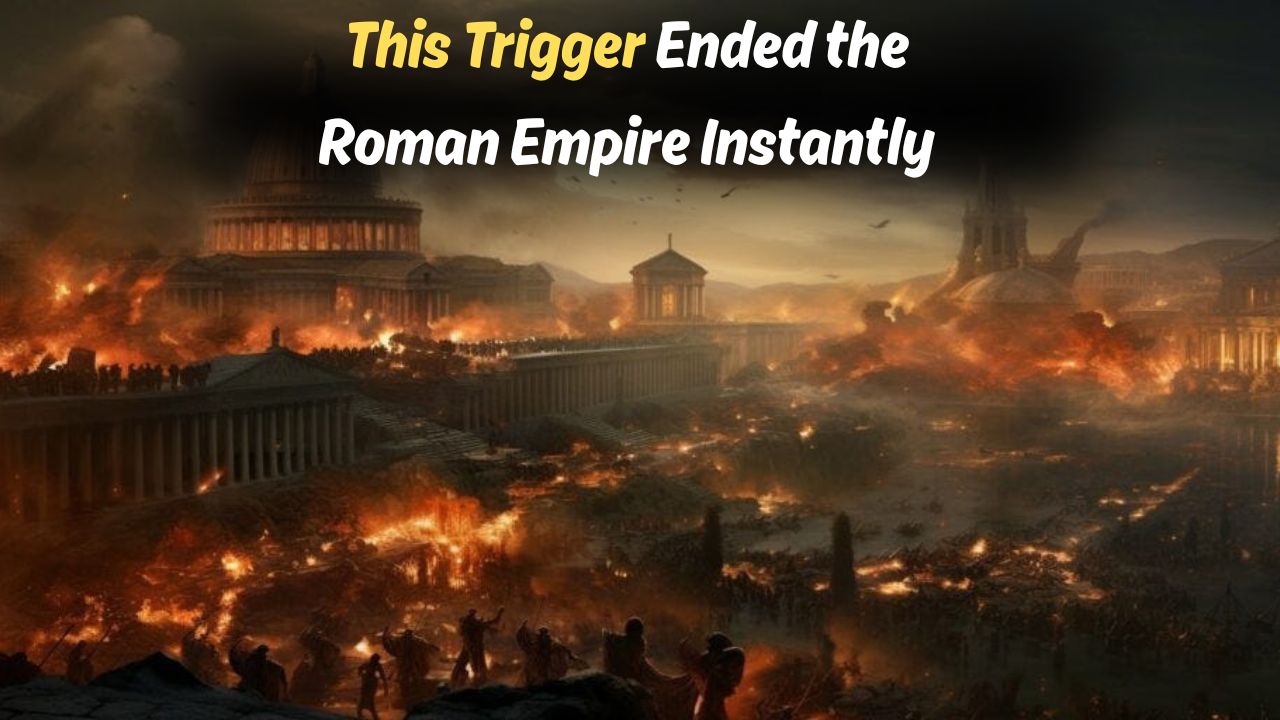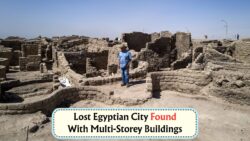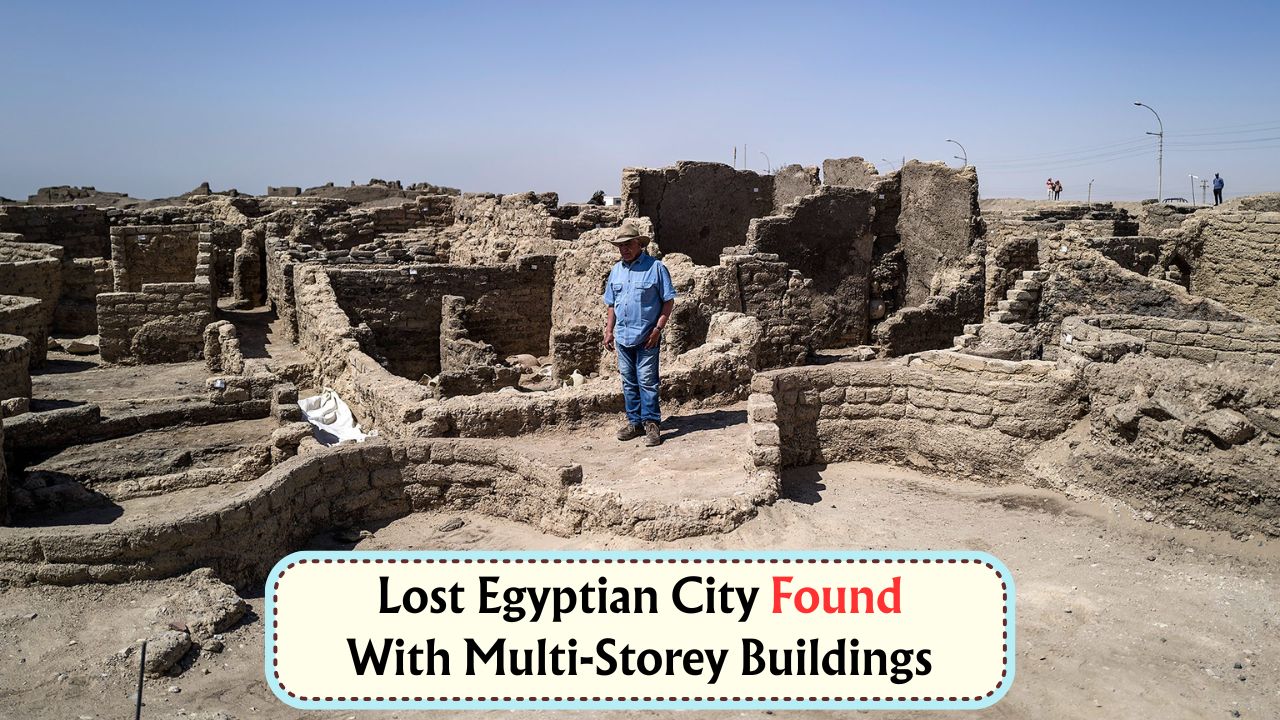Rome – The Roman Empire, one of the most powerful civilizations in history, didn’t collapse in a single moment—but one catastrophic event marked the beginning of its rapid downfall. For centuries, Rome had stood as the beacon of political strength, cultural sophistication, and military might. But in 410 AD, something happened that shook the very core of this great empire and signaled its irreversible decline—the Sack of Rome by the Visigoths. In this article, we’ll explore the buildup to that pivotal moment, the events of that tragic night, and how a single event triggered the collapse of an empire that had ruled for over a millennium.
The Glory Days of Rome
For hundreds of years, Rome dominated the known world. Its influence spanned three continents, and its roads, laws, and culture shaped the foundation of modern civilization.
- At its peak (circa 117 AD), the empire stretched from Britain to Egypt.
- Rome’s legions were nearly invincible, guarding borders across thousands of miles.
- Roman law, language, and engineering were admired and imitated.
But beneath the surface, cracks had begun to form long before the fall.
Internal Decay and the Long Decline
While Rome looked powerful, it was struggling with internal rot—both politically and economically.
Major Causes of Weakness:
- Political Corruption: Emperors were often assassinated, and leadership changed hands violently.
- Economic Crisis: Devaluation of currency led to inflation and poverty.
- Overexpansion: Managing such a vast empire became increasingly difficult.
- Military Overstretch: Constant wars drained resources and morale.
By the 4th century AD, the empire had split into Eastern and Western halves. The Eastern half (Byzantium) flourished, but the Western Roman Empire was in decline.
The Arrival of the Visigoths
The Visigoths were once allies of Rome, allowed to settle within the empire’s borders as refugees from the Huns. But their treatment by Roman officials turned them into enemies.
- In 376 AD, the Visigoths crossed the Danube River seeking protection.
- They were abused, taxed, and starved by corrupt Roman commanders.
- Rebellion followed, leading to the Battle of Adrianople in 378 AD—where a Roman emperor was killed.
This set the tone for future betrayal and bloodshed.
The Sack of Rome – August 24, 410 AD
For the first time in 800 years, the city of Rome was breached by a foreign army.
What Happened That Night:
- Alaric I, king of the Visigoths, led his army to the gates of Rome.
- After several failed negotiations and betrayals, he decided to act.
- The city’s gates were opened—some say by slaves, others say by sympathizers.
- Over three days, the Visigoths looted homes, burned buildings, and desecrated sacred temples.
It wasn’t just a military defeat—it was a psychological catastrophe.
The Impact on the Roman World
The sack sent shockwaves across the empire. Rome—the Eternal City—was thought to be invincible. Its fall shattered that illusion.
Consequences:
- Massive loss of prestige and power.
- Roman provinces lost faith in the government’s ability to protect them.
- Panic spread among the elite; many fled to safer Eastern territories.
- Pagan and Christian interpretations of the event caused social upheaval.
The West was never the same again. Rome had lost more than a city—it had lost its soul.
Why the Sack of Rome Was So Symbolic
Though Rome had faced battles before, this event was different. It struck at the heart of Roman identity.
- Rome was no longer the center of imperial power—but its fall still echoed across Europe.
- Christian writers like St. Jerome and St. Augustine saw it as divine punishment.
- For many Romans, this event marked the end of civilization as they knew it.
Even the Eastern Roman Empire, based in Constantinople, felt the tremors.
Was the Fall Truly Overnight?
In truth, Rome had been falling for over a century. But the Sack of Rome in 410 AD crystallized that fall into one shocking moment.
Timeline of Key Events Leading to Collapse:
| Year | Event | Impact |
|---|---|---|
| 376 | Visigoths enter Rome as refugees | Start of strained relations |
| 378 | Battle of Adrianople | Death of Emperor Valens, military blow |
| 395 | Death of Theodosius I | Empire officially split in two |
| 408 | Alaric blockades Rome | Starvation and civil unrest |
| 410 | Sack of Rome by Visigoths | Symbolic collapse of Roman pride |
| 455 | Second Sack by the Vandals | Further humiliation |
| 476 | Fall of Western Roman Empire | End of Rome’s rule in the West |
Aftermath – The Rise of a New Europe
With Rome shattered, Europe entered the “Dark Ages.” But this too was a period of transformation.
- Germanic kingdoms replaced Roman rule in many regions.
- The Catholic Church became the primary institution of power.
- Rome’s ideas lived on through the Byzantine Empire and later the Holy Roman Empire.
Ironically, the fall of Rome paved the way for a new Europe—less unified, but full of emerging identities.
Lessons from the Fall of Rome
The collapse of Rome teaches us that empires fall not only from foreign invasions, but from internal decay.
Key Takeaways:
- No empire is too big to fail.
- Corruption and inequality rot a society from the inside.
- Arrogance and complacency can blind even the greatest nations.
- The people’s trust is more powerful than armies or wealth.
Rome’s fall wasn’t just about losing battles—it was about losing the values and systems that once held it together.
The fall of Rome is a story of warning and wonder. Though it collapsed centuries ago, the echoes of its rise and fall are still felt today—in politics, in military decisions, and in how nations define themselves. And while many factors played a role in its decline, the night of August 24, 410 AD stands as a thunderclap in history—one that changed the world forever.
Rome didn’t fall in a day. But that one night—the Sack of Rome—was the spark that lit the fire of collapse. And it reminds us that even the strongest empires can unravel in the blink of an eye.







